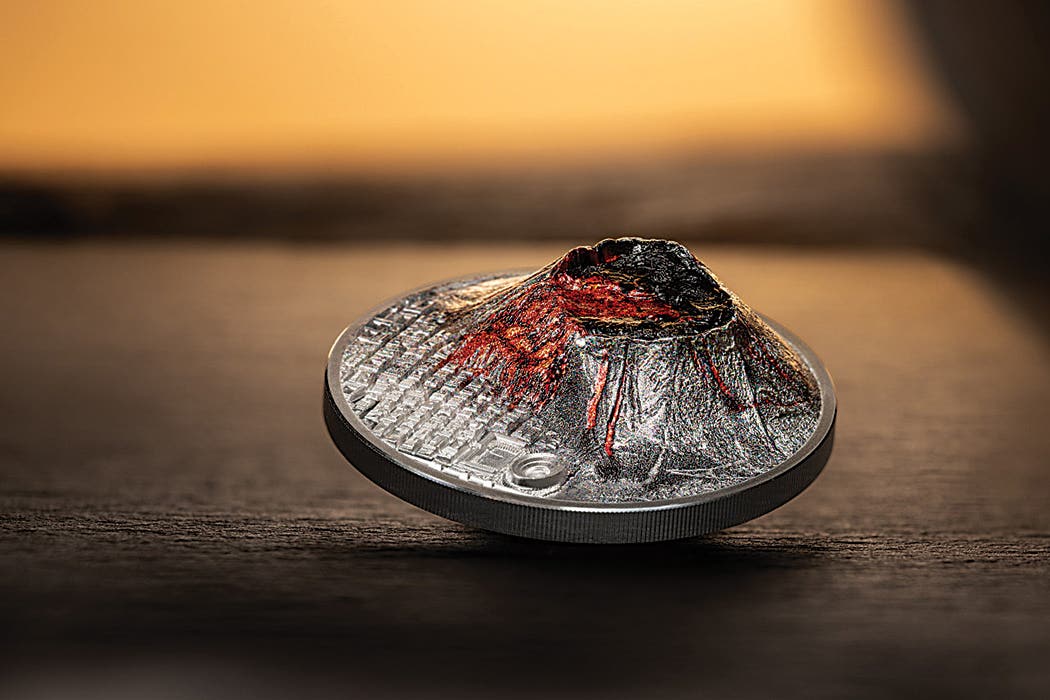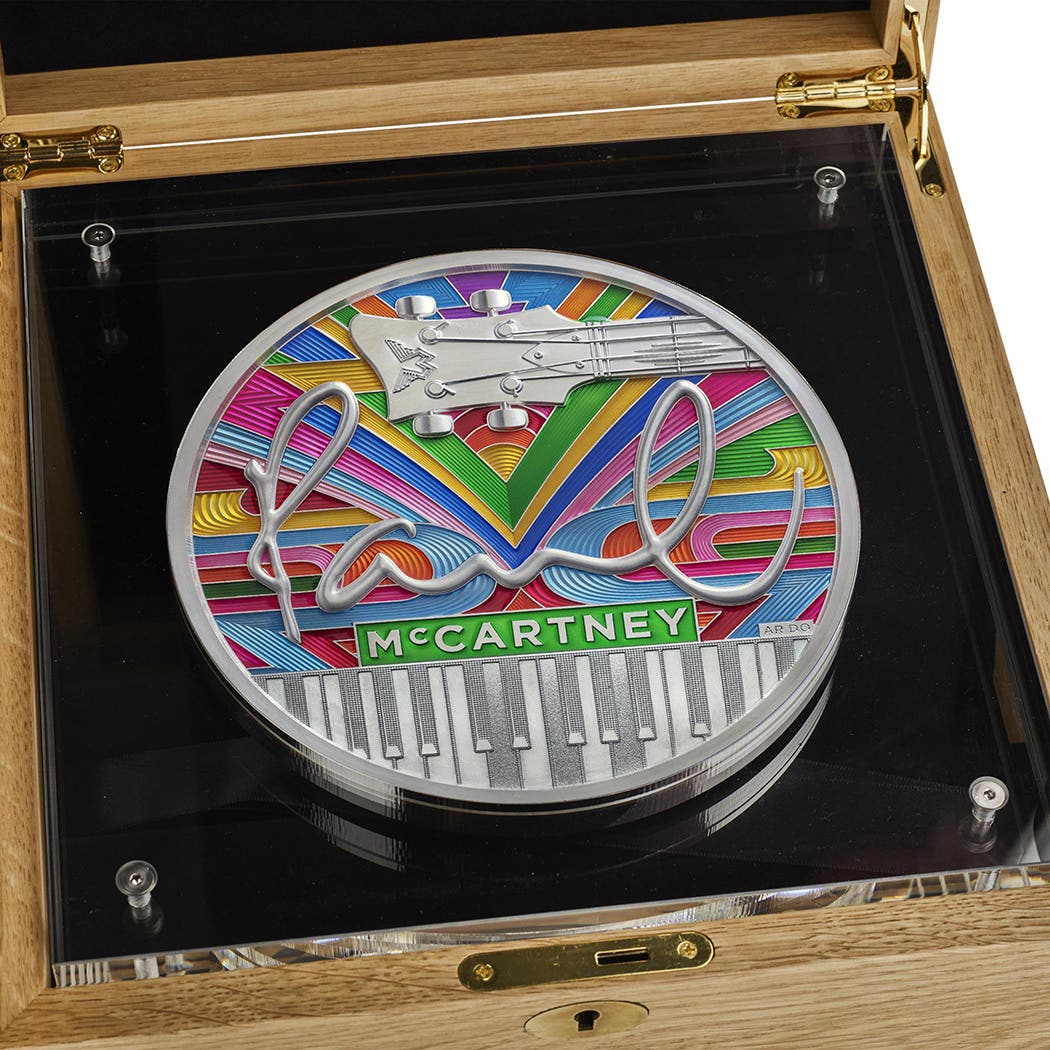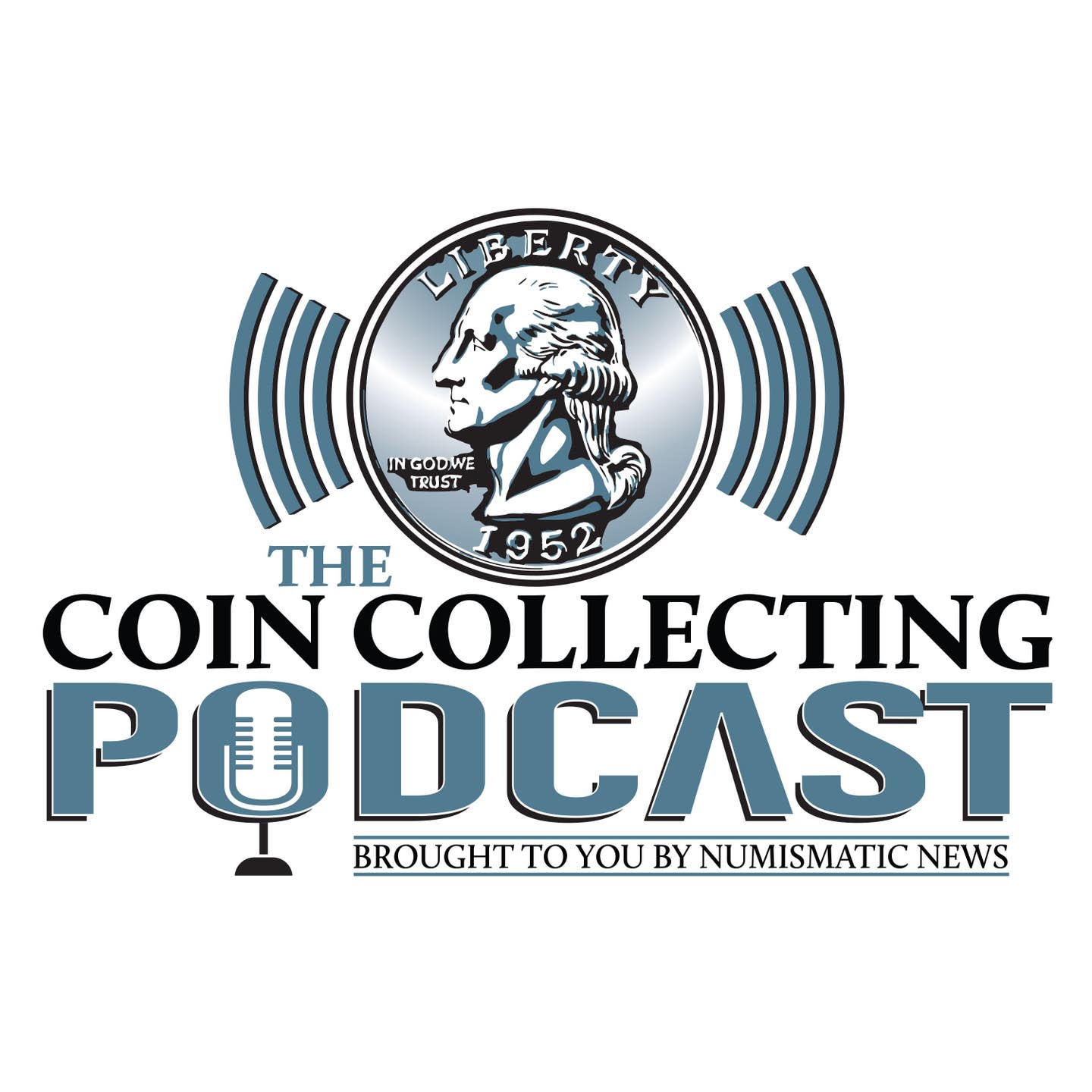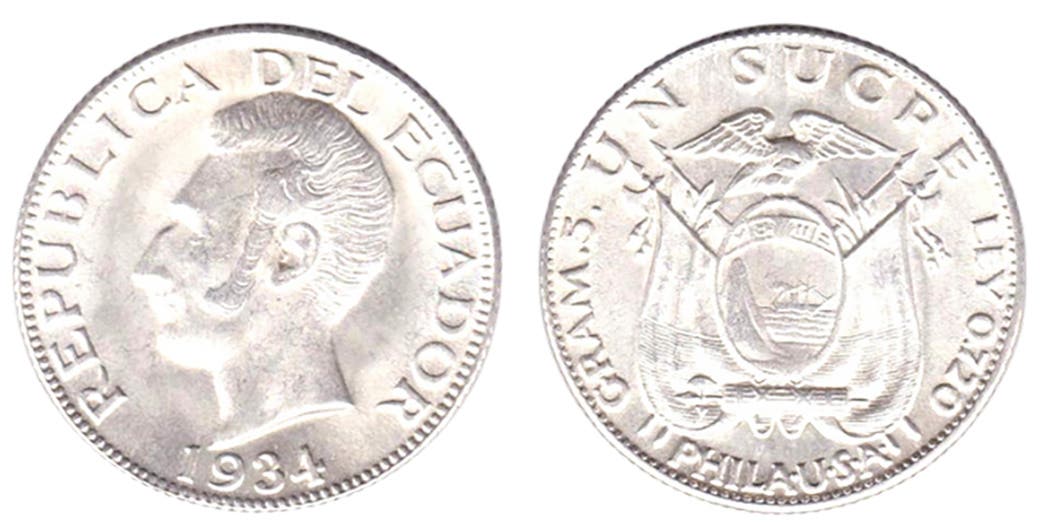Premiums sag for scarcer coins
In 2007, for customers of our company, I began producing an analysis of different series of U.S. coins to identify which dates, mintmarks and grades would be better values than…
In 2007, for customers of our company, I began producing an analysis of different series of U.S. coins to identify which dates, mintmarks and grades would be better values than others (as in which had better appreciation prospects).
The methodology I used involved the prices of coins as of a major rare coin market peak at the beginning of June 1989 and comparing the relative Professional Coin Grading Service and Numismatic Guaranty Corporation populations (for that grade or higher) against the changes in prices relative to the most common date in high grades in each of the series. I then quantified the result where each date, mintmark and grade were classified as either Highest Recommendation, High Recommendation, Recommended, or Not Recommended.
These analyses had some limitations. For example, it would only compare prices and populations against other coins of the same grade. It would not identify whether the MS-64 or MS-65 of a particular date was the better value. In gold coins, it did not take into account the impact of changing metal value. Also, this analysis did not take into account the bias that the scarcer dates tended to have a higher percentage of their issue submitted to grading services sooner than the more common dates. Still, even with these and other limitations, the analyses were enlightening.
Every few years since, I have updated some of these analyses. In the process of doing these, I compared the price performance of the coins in each of these classes against those in other classes. On average (meaning there are a number of exceptions), it looks like the coins in the Highest Recommendation category outperformed those in other categories. Also, those Not Recommended (again with many exceptions) tended to be the poorest performers in terms of price.
Over the past month, I have updated the analyses of Morgan and Peace dollars in grades MS-63 to MS-66 and $20 Saint-Gaudens in grades MS-62 to MS-66. Compared to their most recent analyses about two years ago, there were some fairly consistent observations:
Other than the ultra-rarities, most of the scarcer issues tended to trade at a lower percentage premium to the most common dates (1881-S Morgan dollar, 1923 Peace dollar, and 1924 $20 Saint-Gaudens) than they did two years ago. Some dates that formerly were priced above the common date now often sell at the common date price. There were far more price declines than increases.
There were more and larger percentage price declines, on average, in coins graded MS-65 and MS-66 than in the lower grades.
On average (again meaning there are lots of exceptions), those coins classified as Highest Recommendation two years ago saw slightly lower price declines than those in other categories, and those Not Recommended often have the greatest percentage declines.
What was perhaps most interesting to note was the flattening of prices. As an example, in the 2016 analysis, 16 of the Morgan dollars in MS-65 quality were cataloged as common dates. Two more have lost their relative premiums, so now there are 18 classified as common dates in MS-65 for the 2018 update.
The sensible question to ask is why prices of scarcer date issues are, on average, declining more than the common-date issues.
I don’t know the answer to that question, but here are some possible factors:
More coins are being issued all the time, which means that collector funds over time may have a higher percentage devoted to collecting more recent issues.
There are swings in numismatic markets when quality has been more important than rarity, or completing a collection of dates and mintmarks, and vice versa. I’m not sure how this might figure in recent market shifts, but it could have an impact. There does seem to be a shift away from collecting the dates and mintmarks of coin series that are not in current production towards the collecting of type sets.
For gold coins, there were relatively few specimens available to collectors after gold ownership in the United States was re-legalized at the end of 1974. In particular, Mint State specimens were in relatively short supply. Since then, many coins have been repatriated from central banks and foreign bank vaults, with a higher percentage in Mint State. This effectively flattens out the relative rarity, especially for $20 Saint-Gaudens gold pieces. I am sure there are other factors as well.
If we could understand all the reasons for this flattening of premiums for better-date issues, that might also shed insight as to whether this flattening might continue, halt, or reverse course in the future. This information could also help in judging whether these numismatic niches might experience price rebounds in the future. What do you think?
Patrick A. Heller was the American Numismatic Association 2017 Exemplary Service and 2012 Harry Forman Numismatic Dealer of the Year Award winner. He was also honored by the Numismatic Literary Guild in 2017 and 2016 for the Best Dealer-Published Magazine/Newspaper and for Best Radio Report. He is the communications officer of Liberty Coin Service in Lansing, Mich., and writes “Liberty’s Outlook,” a monthly newsletter on rare coins and precious metals subjects. Past newsletter issues can be viewed at http://www.libertycoinservice.com. Some of his radio commentaries titled “Things You ‘Know’ That Just Aren’t So, And Important News You Need To Know” can be heard at 8:45 a.m. Wednesday and Friday mornings on 1320-AM WILS in Lansing (which streams live and becomes part of the audio and text archives posted at http://www.1320wils.com).
This article was originally printed in Numismatic News Express. >> Subscribe today
More Collecting Resources
• Are you a U.S. coin collector? Check out the 2019 U.S. Coin Digest for the most recent coin prices.
• The Standard Catalog of World Coins, 1601-1700 is your guide to images, prices and information on coins from so long ago.






